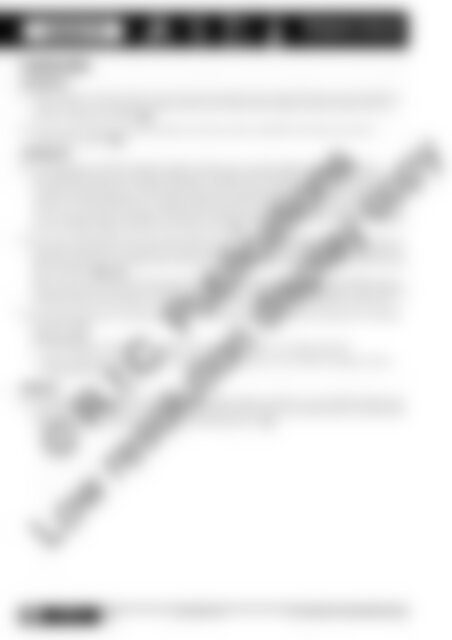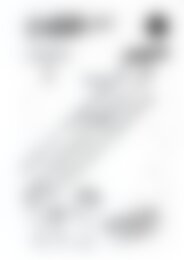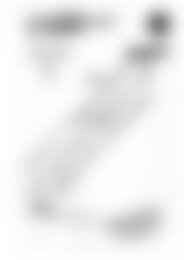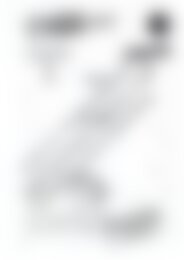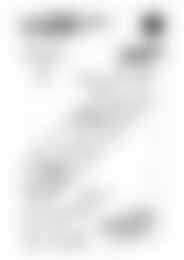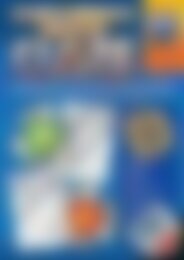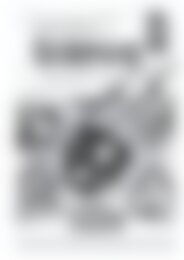6172RB Science a STEM approach Year 2 low res watermark
Create successful ePaper yourself
Turn your PDF publications into a flip-book with our unique Google optimized e-Paper software.
Lesson 6<br />
Biological sciences<br />
GROWING AND CHANGING<br />
Lesson plan<br />
Introduction:<br />
1. Show students a clip from the movie A bug’s life, depicting the caterpillar becoming a butterfly, at<br />
. What animal is this meant to be? Does it look the same when it is<br />
born as it does as an adult? QP<br />
2. In pairs, ask students to draw what they know about what a butterfly looks like from birth to<br />
becoming an adult. QP<br />
Development:<br />
3. In small groups, students rotate through six stations set up with images from pages 23–25 of<br />
the stages that bees, ants, beetles, ladybugs, fruit flies and butterflies go through from birth<br />
to becoming an adult. Do not label the stations with the insect names and do not include the<br />
numbers of each stage (this is for teacher reference). Al<strong>low</strong> students two minutes to work out which<br />
insect it is, and which order the images belong. Students write the name of the insect they believe<br />
it is on a strip of paper and place it next to the ordered images. Students take a digital photograph<br />
of the arranged images and the name of the insect. PC<br />
4. As a class, go through each insect at the stations and correctly identify them and how they look as<br />
they grow. Students can compare this to their photograph. Ask students if they observed anything<br />
about how each insect looked. How did they all look at birth? What did they look like next? How are<br />
they all similar? PA E<br />
Note: At the end, students should be able to recognise that insects go through predictable stages<br />
of egg, larvae (worm), pupae and adult, without having to name the stages. Students simply need to<br />
be aware that the characteristics of insects from birth to adulthood are predictable and the same.<br />
5. Individually, students complete page 26, detailing what they learnt about the growth and change<br />
of insects. C<br />
Differentiation:<br />
• Less capable students can draw and write simple sentences to complete page 26.<br />
• More capable students can write more detailed information for the different stages of insect<br />
development on page 26.<br />
Reflection:<br />
6. Students use a character interview format and pretend they are either an ant, butterfly, beetle, bee<br />
or fruit fly, and a partner has to ask them questions about their life, how old they are and what they<br />
look like, based on what they have learnt during the lesson.<br />
© R.I.C. Publications<br />
Low <strong>res</strong>olution display copy<br />
C<br />
22 <strong>Science</strong>:<br />
A <strong>STEM</strong> APPROACH<br />
YEAR<br />
2<br />
978-1-925431-95-7 R.I.C. Publications® – www.ricpublications.com.au


